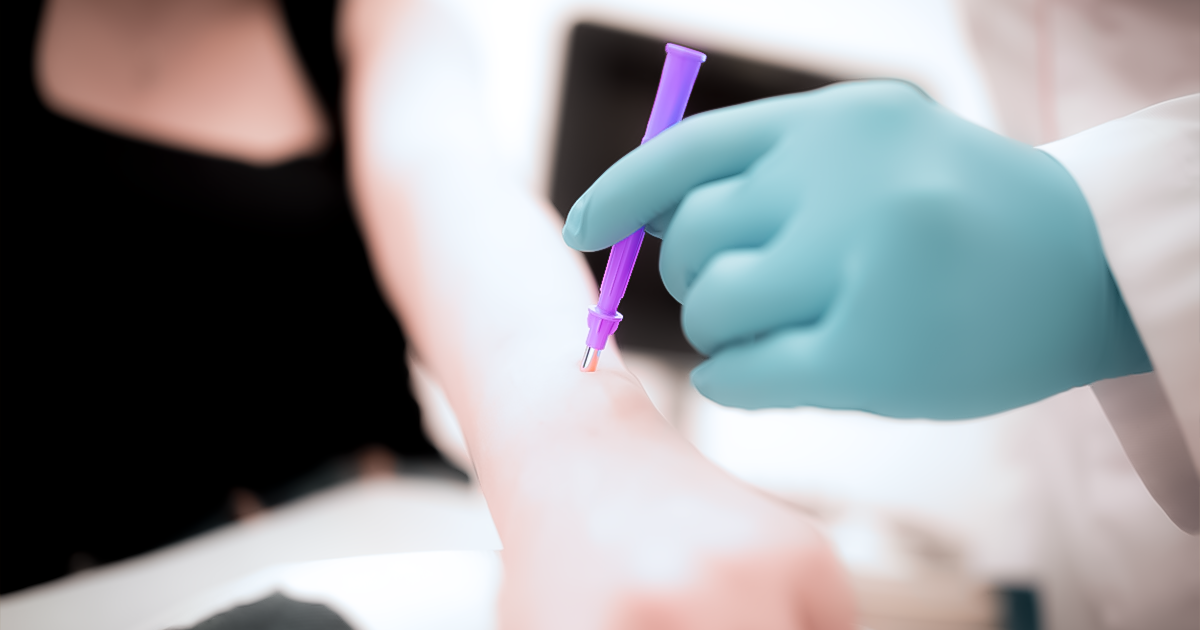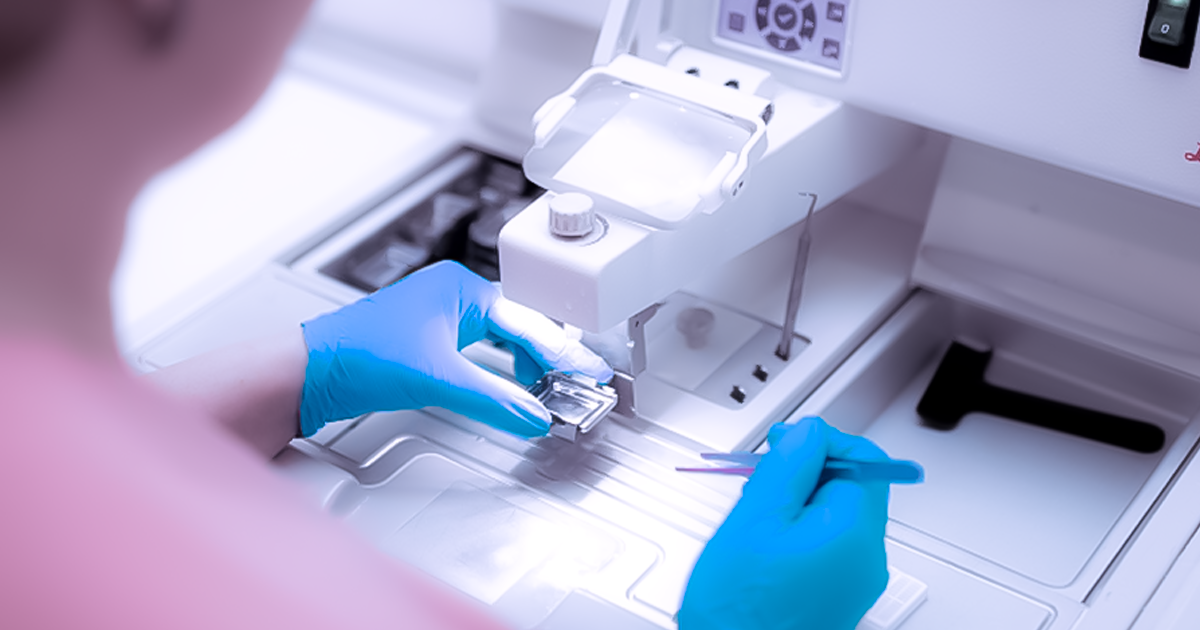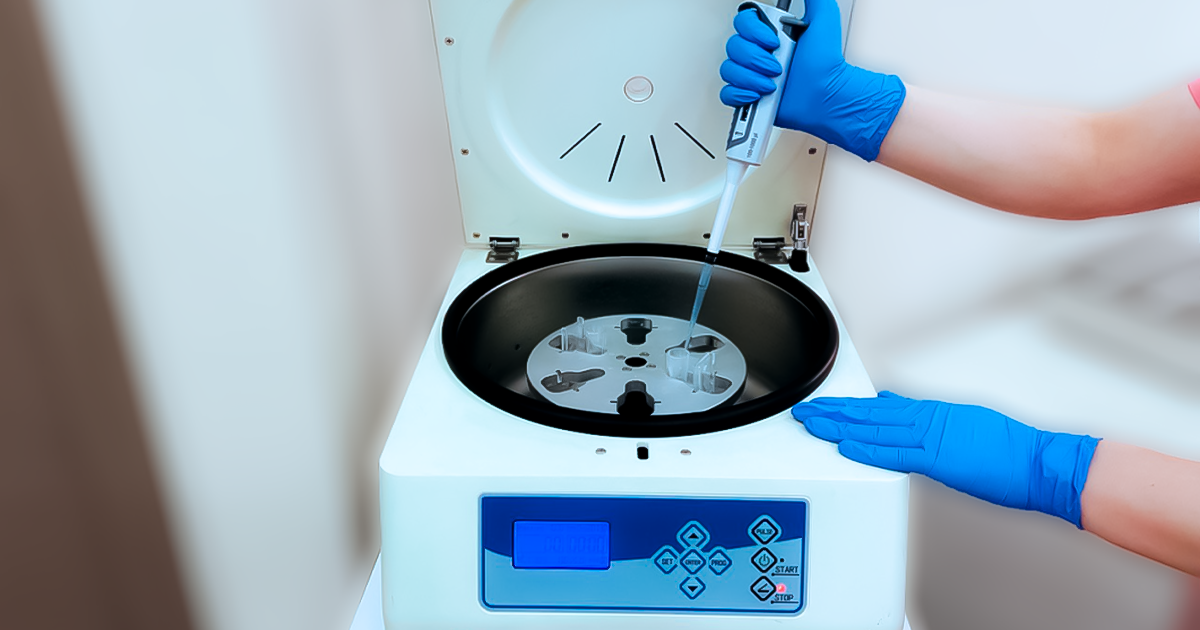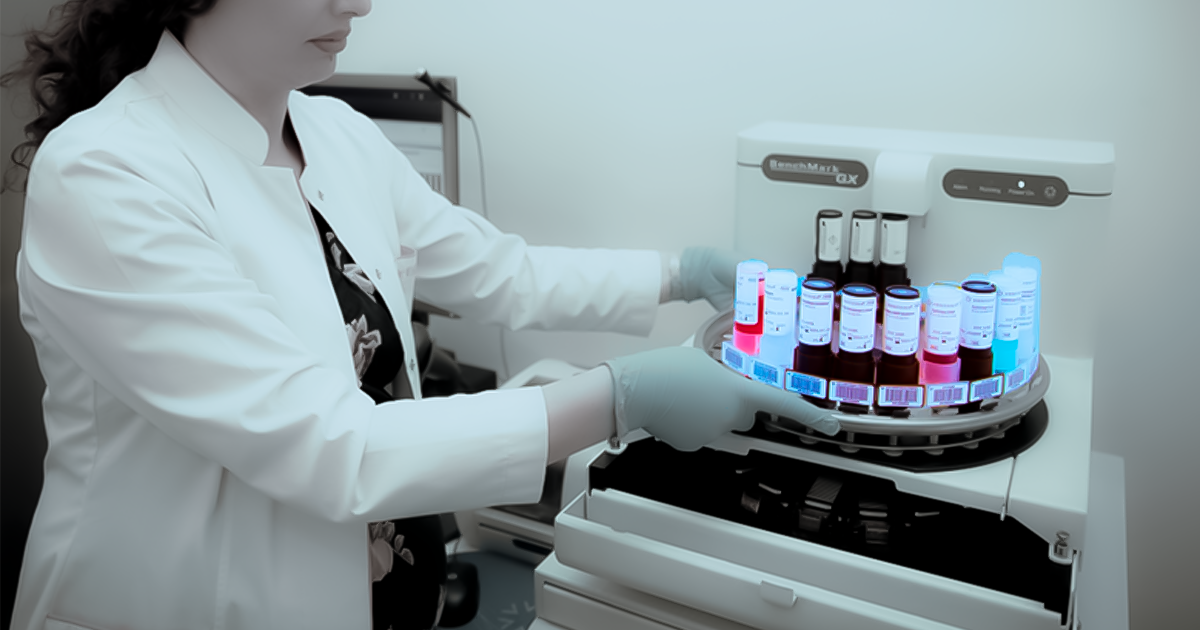«HistoGen» Armenian-German Scientific-Practical Center of Pathology performs Fine needle aspiration (FNA) of the thyroid gland, followed by a cytological examination, under sonographic control.
Fine needle aspiration of the thyroid gland is a reliable diagnostic method for the detection of various pathologies of the thyroid gland – benign and malignant neoplasms, as well as non-neoplastic conditions.
The intervention is painless, without further complications. Under sonographic control, a fine-needle aspiration is performed from a suspicious node, after which the resulting sample is smeared on a glass slide, fixed with alcohol or special fixatives, and stained by special cytological staining methods. Cytological evaluation is carried out in accordance with the Bethesda system. The lesion is classified into 6 classes, each of which indicates the risk of malignancy of the formation and determines further management tactics.
Despite high specificity and sensitivity, the method has its limitations. In particular, limitations apply to the class 4, diagnostic category of “Follicular neoplasia/ Suspicious for follicular neoplasm”, in which both patients and clinicians often ask whether we are dealing with a benign or malignant lesion. Follicular carcinoma is differentiated from follicular adenoma by tumor cell invasion into the capsule and/or by lymphovascular invasion, which cannot be seen cytologically. Thus, it is impossible to distinguish a follicular adenoma from a carcinoma cytologically, regardless of the experience and skills of the cytologist. Follicular neoplasia is diagnosed, and further treatment tactics are determined by the doctor, depending on clinical and radiological data.
For the first time in Armenia, our center conducts a molecular pathological study of the material obtained by fine needle aspiration (FNA) of thyroid nodules, which is a widely used method in many developed countries. The BRAF V600E mutation is being determined in a sample obtained by needle/aspiration biopsy of the thyroid gland. Intermediate classes of the Bethesda system that do not unequivocally determine the nature of the process and make up about 30% of the total number of diagnoses, are class 3, “Atypia of undetermined significance”, and class 5, “Suspicious for malignancy”. In these cases, re-aspiration or resection of one lobe is performed. Determination of the BRAF V600E mutation makes it possible to avoid re-aspiration, re-operation, that is, to determine the presence / nature of the mutation in an existing sample and choose the right treatment tactics.
In center of pathology HistoGen fine needle aspiration is performed not only from thyroid gland, but also from salivary gland, lymph nodes, and cystic formations of the neck, which allows the patient to receive a reliable diagnosis using the least invasive method.






